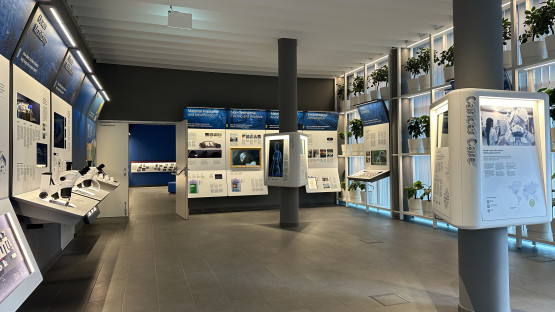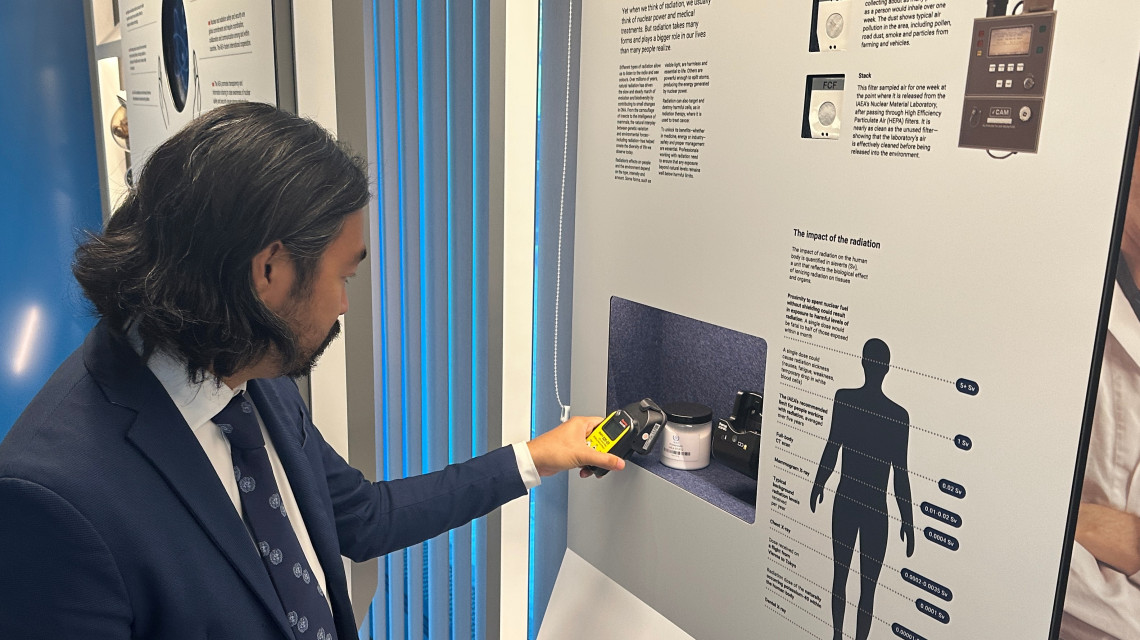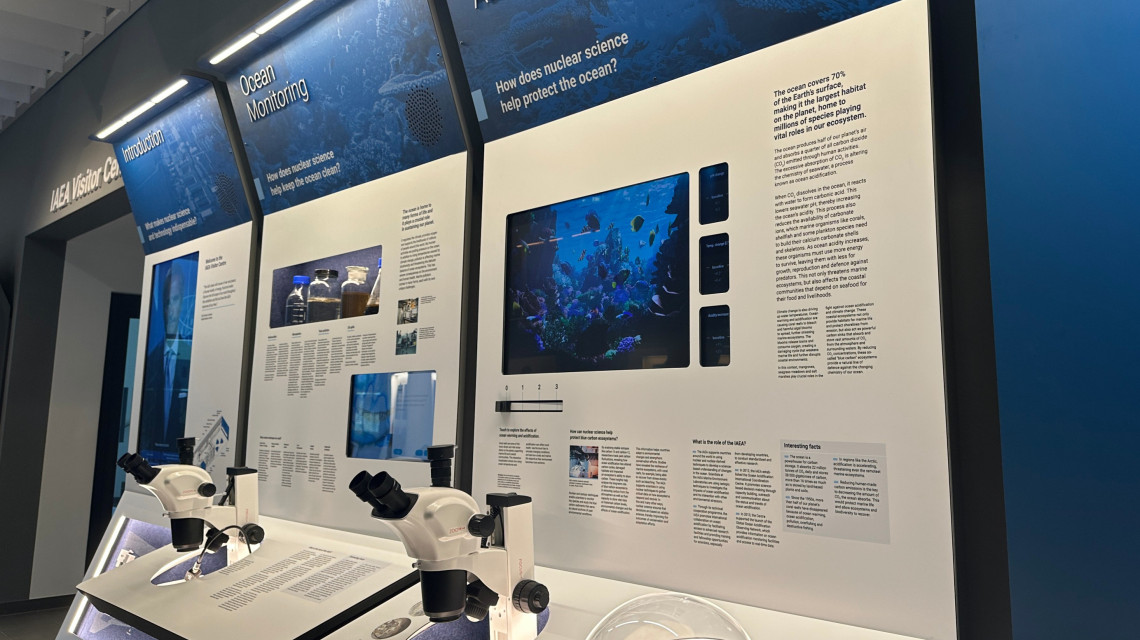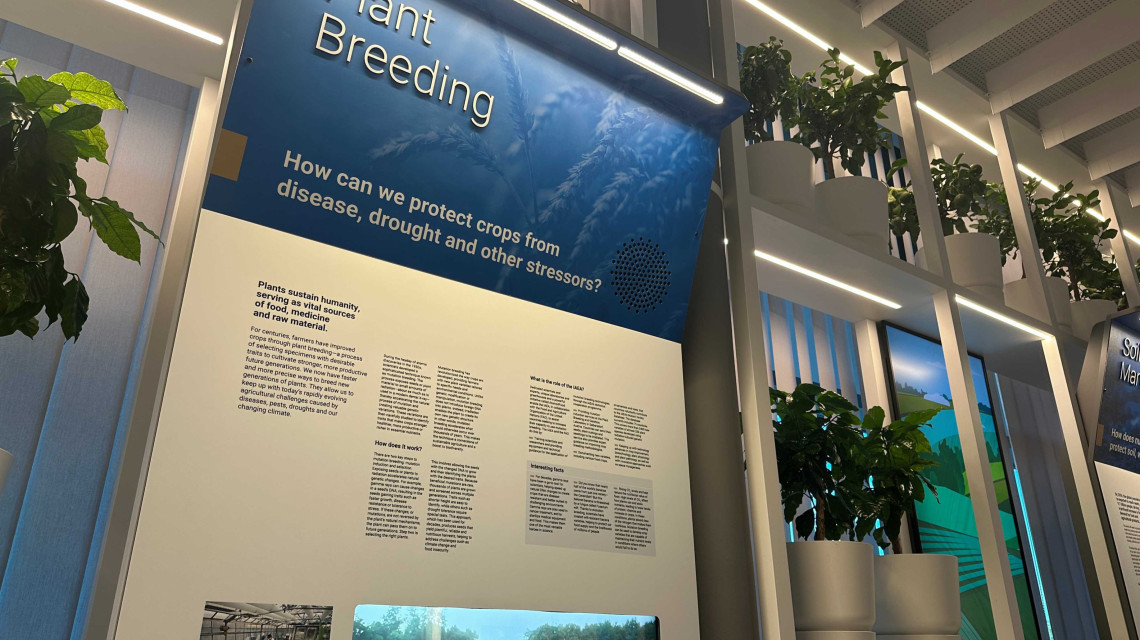Step into the new IAEA Visitor Centre in Seibersdorf, Austria, and discover how nuclear science delivers solutions to some of the world’s biggest challenges — from food security and clean energy to climate action and global health.
Through 33 interactive exhibits, digital displays and real-world examples, visitors can see how the IAEA works with countries worldwide to put “Atoms for Peace and Development” into practice.
Here are five hands-on highlights you won’t want to miss:









